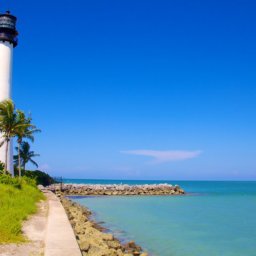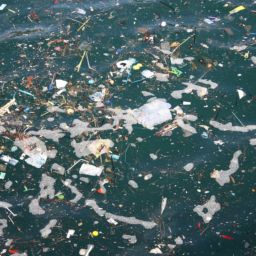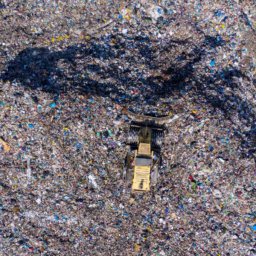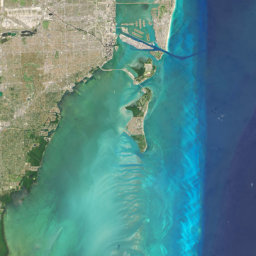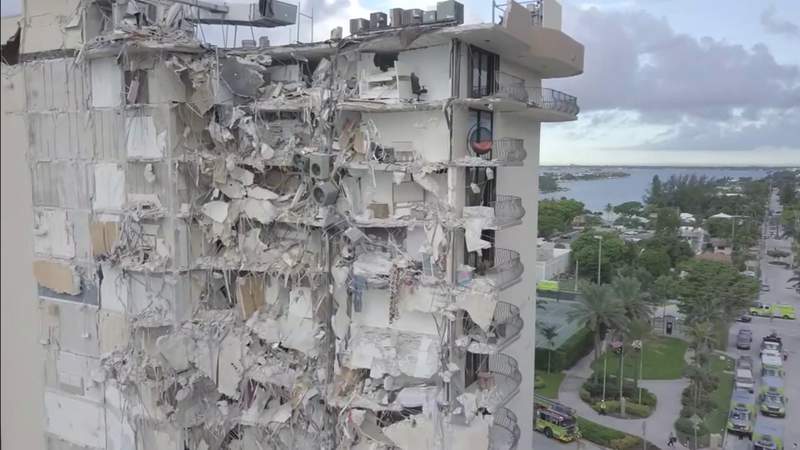
Could Climate Change Have Been a Factor in the Collapse of the Surfside Condo?
Experts have been discussing the possibility that the collapse of the Champlain Tower South might have been caused by sea level rise, which may have caused corrosion within the structure. This, combined with supercharged by oceanic currents from climate change bringing in salt water, could have caused weaknesses in the steel and concrete structures at the base of the building. A study performed by Florida International University found that the building had been sinking since the 1990s, at a rate of about 2 millimeters per year. Below the surface and under the parking lots, it is possible that the push and pull of the tides and the intrusion of saltwater affected the concrete foundation, weakening it. Albert Slap, president of Boca Raton-based RiskFootprint, told Florida Today, “Even if when the building was built in 1981 the foundation was dry most of the time, with sea level rise pushing groundwater up to the surface, the foundation could be wet enough long enough to soften the concrete,” Slap said. “Many of these buildings with underground parking have sump pumps running and that means the foundation is in the water.”
An analysis that was taken back in 2019 by NOAA revealed that high tide flooding had broken records in several places the previous year. This also could have been a factor in the collapse, as sea level rise contributes to the rise in flooding events. It’s known to people who build anything on a barrier island, especially near the water, there are going to be elements of corrosion from obstacles, such as king tide flooding and changes in soil consistency; however, these issues may not have been at the forefront of building risks in the 1980s.
There are others who do not believe that climate change played a significant role in the collapse. According to structural engineer Eugenio Santiago, the way in which the building clearly “pancaked” makes it appear that it was a failure of a support column. According to him, when this fails holding up a slab of floor, one slab “punches through to the next,” causing a chain reaction on each level until they hit the ground.
Whatever the cause, the investigation into the building collapse will likely take months, and will include examination of all possible contributors such as climate change (i.e. sea level rise), building integrity and maintenance, too much weight on the roof, and even construction on neighboring buildings.
To learn more about how climate change may have been a contributor to the Champlain Tower, check out the original article here.


